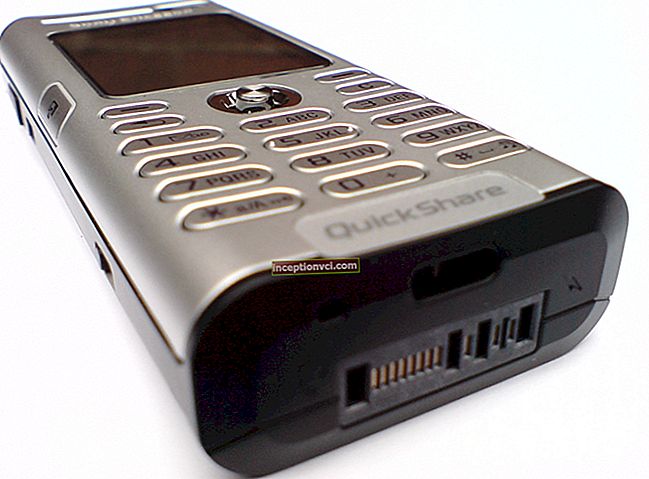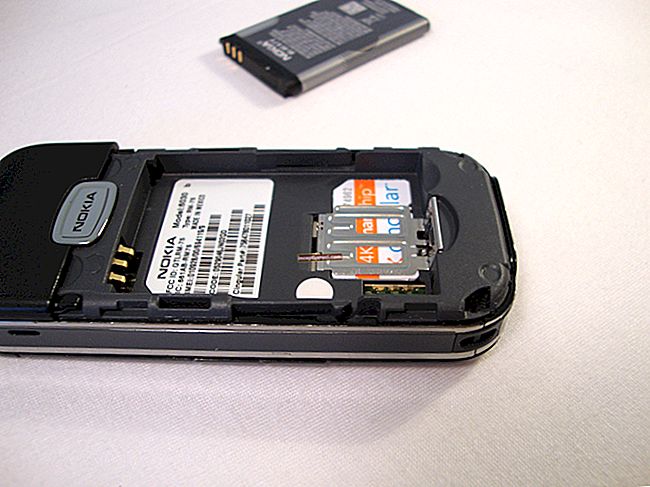Pentax K200D
Design
The body is finished with plastic, which looks very solid, solid and high quality. The camera is quite heavy, which makes a good impression, as it contributes to a stable hold at long exposures. When you turn on the power, the camera crunches and jerks in the hands - the matrix cleaning system works.

Control
Pressing the INFO button displays detailed information on shooting settings and options in the monitor. However, the display is passive, you cannot change the settings right there, and when you start shooting, all information disappears. There are not so many buttons under the right hand. By default, four keys of the Navipad are not used at all, but are activated in one of two cases. First, if you press the Fn button, a prompt appears on the screen, a virtual navipad, and the keys begin to control the white balance, ISO, flash and shutter mode.
The second case is if you use manual AF point selection; then the keys control the movement of the active point (11-point autofocus, with 9 cross sensors - great for an entry-level device). The AF point can also be selected automatically or fixed in the center (by the way, these options are switched through the menu, which is inconvenient).
There is an exposure compensation button next to the shutter button. By pressing it, you turn the wheel with your thumb - the correction is almost instantaneous. The wheel is programmable, in different modes it can perform different functions, as well as the "Green button" located above, and the OK button in the center of the navipad. The camera is generally very configurable, and when the power is turned on, as well as when switching modes, a brief summary of the mode to be switched on and the functionality of the programmable controls is briefly displayed on the screen.
Shooting modes
On the disc we find a set of typical exposure modes P, Av, Tv, M, B (Bulb - the shutter is open while you hold down the shutter button), as well as the less traditional Sv mode (sensitivity priority). Next are the Flash Off, Night Portrait, Sports, Flowers, Landscape and Portrait scenes. In "green" AutoPicture mode, the scene program is selected by the camera electronics. Finally, behind the position of the SCN disc, eight more scene programs are hidden (Night Scene, Beach and Snow, Still Life, Sunset, Children, Pet, Candle, Museum).
For all plots, you can see the settings of the image parameters and even change them - usually manufacturers do not show this, but Pentax does not make a secret of this, which is great, because it helps to work consciously. Generally speaking, when developing any model, the manufacturer maneuvers and balances between two extremes. You can follow the lead of buyers, offer them the expected solutions, simplify and mitigate difficult moments. Or, on the contrary, you can lead buyers along, offer them functions and management principles that bring them to an "advanced" level. Pentax is clearly taking the second route. In terms of functional saturation and abundance of settings, the K200D is almost equal to the K10D, that is, the "initial" DSLR has been pulled up to the recent "average" level. At the same time, God forbid, she did not become "abstruse" or difficult to use. There is quality growth, and this is great.
Dust control
The latest Pentax models put a lot of emphasis on dust control. Firstly, it is a set of measures to prevent dust from entering the matrix (enclosure sealing, antistatic coatings, etc.). The "Dust Check" option allows, having photographed a uniformly white object (wall or sheet of paper), you can clearly see the dust distribution map on the matrix on the monitor. If there is one, you can immediately turn on the vibro-dust shaker (option "Dust removal"), which does not exclude the operation of the dust shaker every time the camera is turned on (checkbox "When turned on"). Finally, the item "Cleaning the sensor" is to manually raise the mirror to remove dust.
Image quality
The most demanding photographer will be able to squeeze out the maximum quality using the RAW format, but the camera produces excellent images in JPEG. Color reproduction is correct, dynamic range is wide. There is little noise even at maximum ISO (do not forget about the existing in this camera the ability to adjust the "problematic compromise" between sharpness and intensity of noise reduction). At a wide angle, chromatic aberrations are sometimes noticeable, and sometimes it is desirable to interfere with the operation of automation, to introduce light exposure compensation, but I repeat - in general, the pictures are excellent. Two new Pentax lenses showed their best side in the test, both with SP (Super Protect) and the Quick Shift Focus System, which allows you to manually adjust the focus after autofocus is triggered.
My Settings Menu
The camera configuration options are very wide. For example, the metering timer (10, 3 or 30 sec) allows you to make frames in series bracketing with separate button presses, with pauses - useful for bracketing with flash (and not only). The flash white balance can be switched to the Flash preset or remain unchanged. Adjusts the intensity of noise reduction at high ISOs (Off, Very weak, Weak, Strong). The "Enter focal length" item helps the stabilizer to work correctly when using "old" (often very high quality) lenses from the film era - fortunately, Pentax has a large fleet of such lenses. But the item "Memory of settings" (determining for nine parameters, whether to reset their values when the power is turned off) looks like an atavism. In compacts, we praise the presence of this function (because sometimes the manufacturer does not trust teapot users and resets everything at all), but for a serious camera, in my opinion, it would be better to save all the settings in general.
On the monitor
Color schemes
Color schemes, as well as subject programs are adjusted according to four parameters. The diagram in the form of a "wind rose" characterizes the currently used color rendition.
D-Range
You can turn on the Dynamic Range Expansion option to better render the highlights and shadows within a single shot. The minimum ISO value is 200.
Menu organization
The menu is divided into three typical sections - Shooting Menu, Camera Settings and My Settings.
In view mode
There is a lot of information on the screen. You can turn on the indication of overexposed zones. You can set the scale (up to 16x), which you get to immediately with the enlarged view.
Included
USB cable, video cable, four AA batteries, bayonet cap, neck strap, software CD, user manual.
Main characteristics
Matrix - 10.2 Mp, 3872x2592, 23.5x15.7 mm
Lenses - bayonet PENTAX K-, KA-, KAF-, KAF2-, ratio 1.5x. SMC Pentax DA 18-55mm f / 3.5-5.6 AL II (27-82 mm equiv.) And SMC tested Pentax DA 55-300 mm f / 4-5.8 ED (82-450 equiv. Mm)
Memory - memory cards SD /SDHC
Display - 2.7 ", 230,000 dots
Format - RAW, JPEG, RAW + JPEG
Interface - USB, video output, DC input, remote control
Output
Pentax K200D is the youngest in the line of Pentax SLR cameras, however, it turns out to be a very advanced model in appearance, rich functionality, and flexible configurability. This is the camera for the thoughtful and demanding amateur photographer who has decided to get started with DSLR digital cameras.
Advantages - dust and moisture protection of the body, flexible customization, matrix cleaning system, 11 autofocus points (9 cross), built-in optical stabilizer (works with a wide range of lenses).
Disadvantages - there is no "live view" mode, continuous shooting is rather weak (4 frames at 2.8 frames / sec).
Ergonomics
There are not enough dedicated buttons, and a second wheel would not hurt, but everything is great, especially the presence of an LCD monitor on top.
Functionality
Disadvantages, but overall the functionality is excellent - especially for the "entry-level" level.
Image quality
The potential of any DSLR camera is fully unleashed when using high quality lenses.
Price quality
The model is fairly new, but inexpensive. Over time, it will become even cheaper.
Competitors
The Pentax K200D is not the cheapest DSLR, but outperforms the competition in some aspects of functionality (for example, 11 AF points and all-weather performance). Note also that only the K200D uses AA batteries.
Olympus E-510

Advantages - built-in stabilizer (as in the Pentax K200D), "live view" mode (sighting on the monitor), significantly less cost
Disadvantages - smaller physical sensor, only three AF points
Nikon D60

Advantages - minimal size, beginner-oriented user interface with an abundance of prompts
Disadvantages - no built-in stabilizer, only three AF points, no live view mode (like the Pentax K200D)
Sony A350

Advantages - higher matrix resolution (14 megapixels), built-in stabilizer (as in Pentax K200D), swivel monitor with "live view" mode.
Disadvantages - nine AF points (but only one cross), few custom settings









